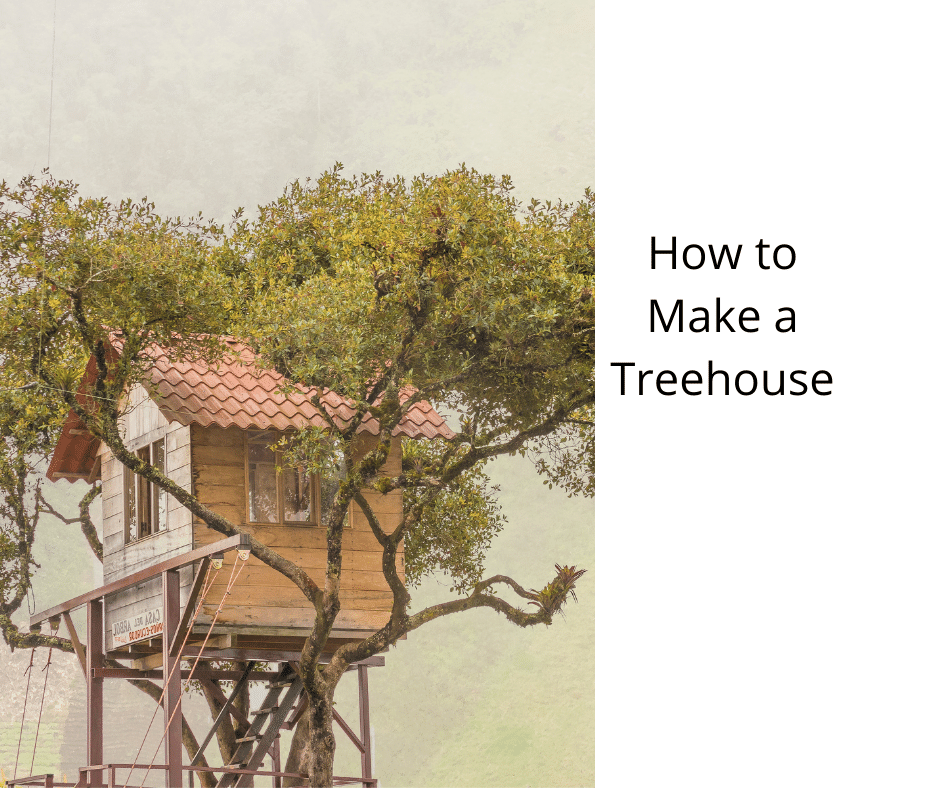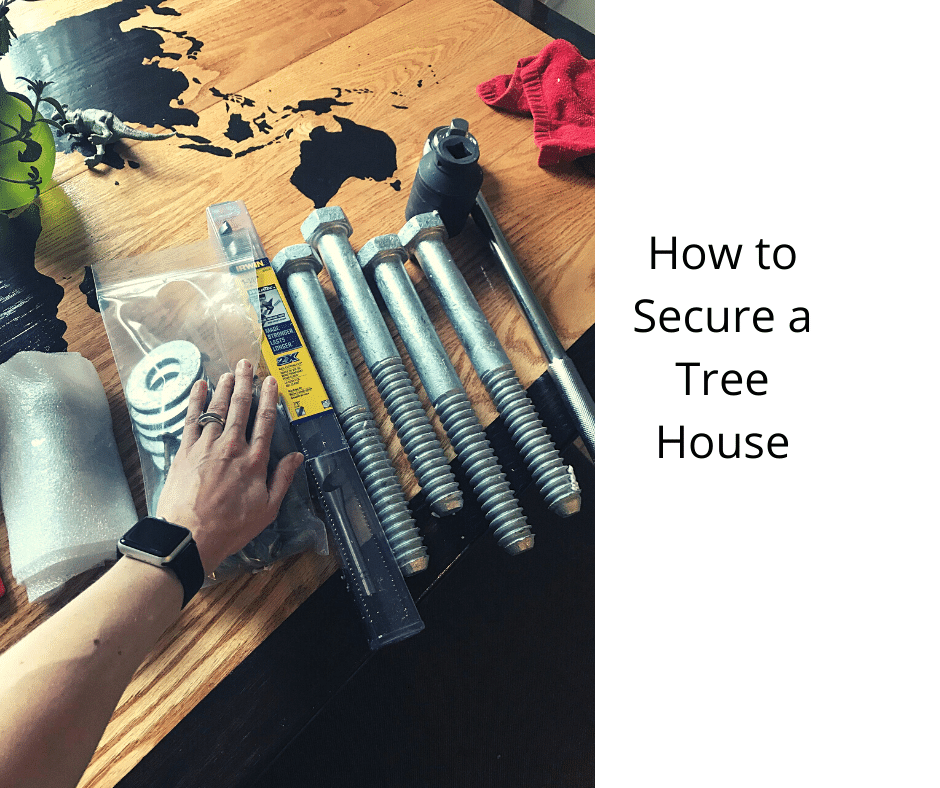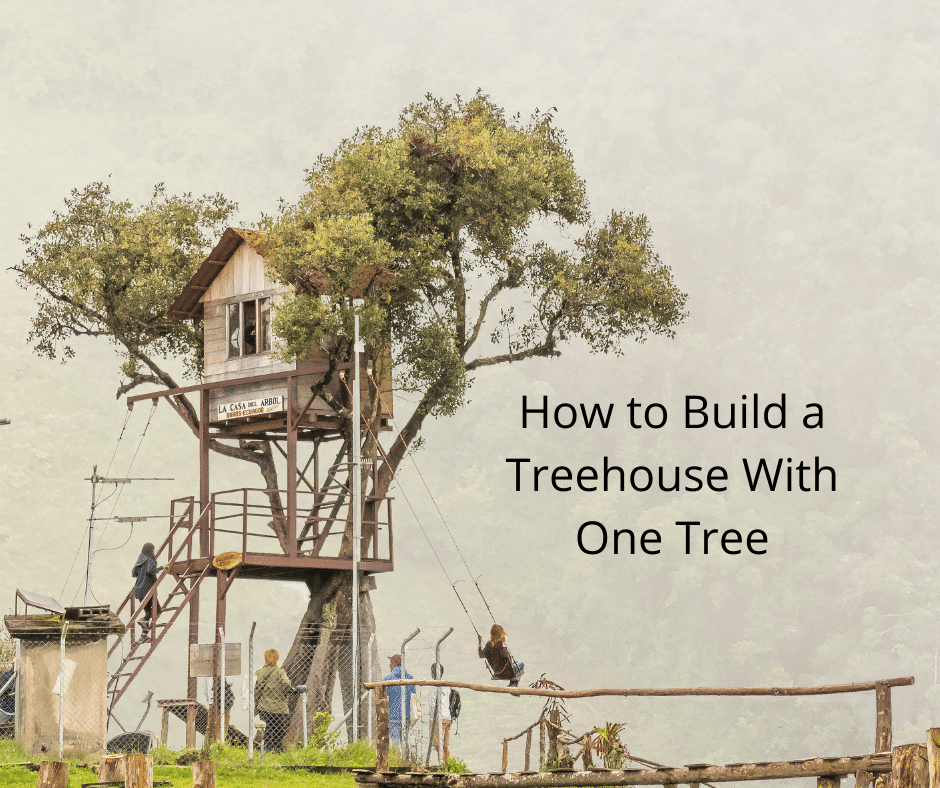If you have been thinking about building a treehouse for your kids, you’ve come to the right place. This article will outline the essential tools needed to construct a treehouse and give advice on choosing the perfect tree for your project. We will also cover the materials needed and give tips on selecting the right tree for your venture. Choosing the right tree may seem overwhelming, but with the right tools, you are ready for a successful and safe treehouse project.
Building a treehouse
Before starting your treehouse project, you’ll need to talk with your neighbors. They may have some concerns about the construction, so asking them their opinion is essential. This will prevent future neighborly disputes or legal issues. It’s also a good idea to discuss the project with your insurance agent to see if you’re covered. After all, you want to enjoy your surroundings and not worry about getting into a fight with your neighbor over the treehouse!
Before you start your treehouse project, it’s essential to understand the importance of respecting the tree. You don’t want to destroy your favorite tree. It may be a rare tree species, so choose a tree next to it. The construction process could damage the tree. Therefore, you should select a tree close to your home or the tree you’d like to build on. In addition to respecting the tree, it’s important to consider the construction site’s location.
You can build a treehouse using decking or buy large timber sheets. You’ll need to cut them to fit, and you may need to cut around the tree’s trunk. Once the treehouse structure is up, you’ll need walls and railings. Old fencing is another option, or you can hire an arborist. Some tree care companies have arborists on staff. When selecting the best location, consider the trees’ growth history.
Designing a treehouse can be daunting if you are a novice. Firstly, ensure your tree is healthy and does not have shallow roots. Next, think about what you want your treehouse to look like. There are many different designs online that you can use as a guide. There’s an ideal treehouse design for you from simple single rooms to elaborate multi-room structures. You can also read books about treehouses and choose a design based on your tastes.
If you’re looking to build a more giant treehouse, you can hire a professional to install it. This will make the project safer for you and your family. If you’re planning to build a massive treehouse, consult an arborist for the proper selection of trees. The tree must be able to accommodate your new treehouse. A treehouse is not just a fun place to hang out; it’s also an essential part of safety.
Choosing a Tree
Choosing a tree for your treehouse is essential for a variety of reasons. First, you want a tree that will grow well and support the weight of your treehouse. Many species of trees are good candidates for treehouses. Deciduous trees have fewer leaves and tend to grow slower, but their wood is also stronger. Maple, oak, apple, hemlock, and cedar are all excellent choices for treehouses, as they grow large and can withstand many climates.
The size of the tree is also essential. For an eight-foot-square treehouse, you will need a tree with 12 inches or more in diameter. The diameter will depend on the tree you choose and the features you will include in the treehouse. If the treehouse is used for entertainment, it should be close to the ground. In addition, the location of the sun’s rise and set will have a big impact on the size of the treehouse.
A tree with good growth and flexibility is ideal for a sturdy foundation. However, be aware that not all trees are suitable for treehouses, so check the specifications of the tree before choosing it. Also, remember that with proper care, treehouses can last as long as 20 years. It’s essential to select a mature tree that won’t interfere with the structure of your treehouse. Then, start deciding on the exact design of your treehouse.
Before choosing a tree for a building site, checking for any insects is essential. Some common pests that attack trees include carpenter ants and termites. While these insects do not usually cause damage to a treehouse, they can cause significant problems for the tree. While they are often not visible to the naked eye, a trained arborist will have the knowledge and expertise to recognize the damage caused by burrowing insects or fungal diseases.
When selecting a tree for a house, it’s important to choose one in a secluded location. Some trees are protected by city rules and are not suitable for construction. Additionally, trees in the front yard may be susceptible to trespassing, so make sure you choose a tree with low visibility. Besides, it’s essential to consider the trees surrounding the tree, as the plants may not survive trampling of children.
Tools You’ll Need
The first step to making a treehouse is to build the frame. This is the most important part of the DIY project because you’ll need to keep the level of the wall. You can use temporary 2×4’s to help with this. Once the frame is complete, you can start attaching the siding. Use a framing nailer to attach the siding to the gable end walls. You’ll also need to cut the walls and add doors and windows. The remaining lumber can be used for the trim of your treehouse. Once all the pieces are cut, you can attach them using a nailer.
Choosing the proper materials for your treehouse will affect the cost. The cheapest materials are ground contact pressure-treated lumber, furring strip board, and oriented strand board. You can use softwood for this project, but make sure to consider the weight of the wood. Hardwood is heavier and may weigh down the tree you’re building it on. You’ll also need to choose the right size for the roof and floor.
First, you’ll need a strip of light wood to create the floor. This strip will be about a foot lower than the height of the floor and one foot higher than the desired head height. Once the strip of wood is in place, use a level to ensure it is horizontally straight. You’ll also need to ensure the wood you’re using for the foundation is level and one foot below the desired floor height.
Hammers: You’ll need a hammer for this project. A hammer can be handy and versatile. It is important to choose a good hammer because nails and other fasteners will be hammered into it. Make sure you invest in a good quality hammer when building your treehouse, as cheap hammers can break easily.
The tools you’ll need: To make your treehouse, you’ll need hammers, saws, and a router. A miter saw and a table saw will help you cut the lumber to size, and a router will help you round off edges. Another essential tool is a ladder, or you can use a stepladder. A stepladder will work if you install it early enough in the construction process.
Choosing a Tree for A Treehouse
Before building your treehouse, it is important to choose the right tree. It must be healthy and have the height, thickness, and general health that you need. Deciduous trees are best for building your treehouse, as they lose their leaves in the fall, are slow growing, and produce more sturdy wood. You can choose oak, maple, apple, beech, cedar, and hemlock, as they grow tall and can tolerate a variety of climates.
It is essential to choose a stable tree that doesn’t sway much, or you’ll have to secure it with fasteners. You should also make sure the tree doesn’t have a lot of damage since a treehouse adds extra weight and stress to it. Choosing a tree with a high value is also a good idea since this will affect the project’s cost.
While choosing a tree for your new treehouse is essential, you should also think about the design of the treehouse before beginning construction. If you are a beginner, you may find it helpful to consult a treehouse book to get an idea of what your treehouse should look like. You can find numerous designs online and create a treehouse that fits your needs perfectly. If you’re not familiar with the construction process, you can also find plans for different types of treehouses online.
Oak trees are common and offer a unique look. Many species of oak are suitable for building a treehouse, including the famous Sugar Maple. Other popular choices include silver maple, box elder, hedge maple, English oak, and hemlock. Oaks also provide excellent support to treehouses and are ideal for making furniture and for building a playhouse. You can choose a tree from your own yard, but you should take into consideration the size and age of the tree.
You should also consider whether the tree is diseased or not. A tree infected with a disease may not be suitable for a treehouse, but if it is, you should treat it first. Trees do not have unlimited energy to defend themselves and support a treehouse, so adding extra weight can harm its health. You should consider the tree’s age and environment before choosing it for a treehouse.
I’m Theodore, and I love tiny houses. In fact, I’m the author of Tiny House 43, a book about tiny houses that are also tree houses. I think they’re magical places where imaginations can run wild and adventures are just waiting to happen.
While tree houses are often associated with childhood, they can be the perfect adult retreat. They offer a cozy space to relax and unwind, surrounded by nature. And since they’re typically built on stilts or raised platforms, they offer stunning views that traditional homes simply can’t match.
If you’re looking for a unique and romantic getaway, a tree house tiny house might just be the perfect option.
















